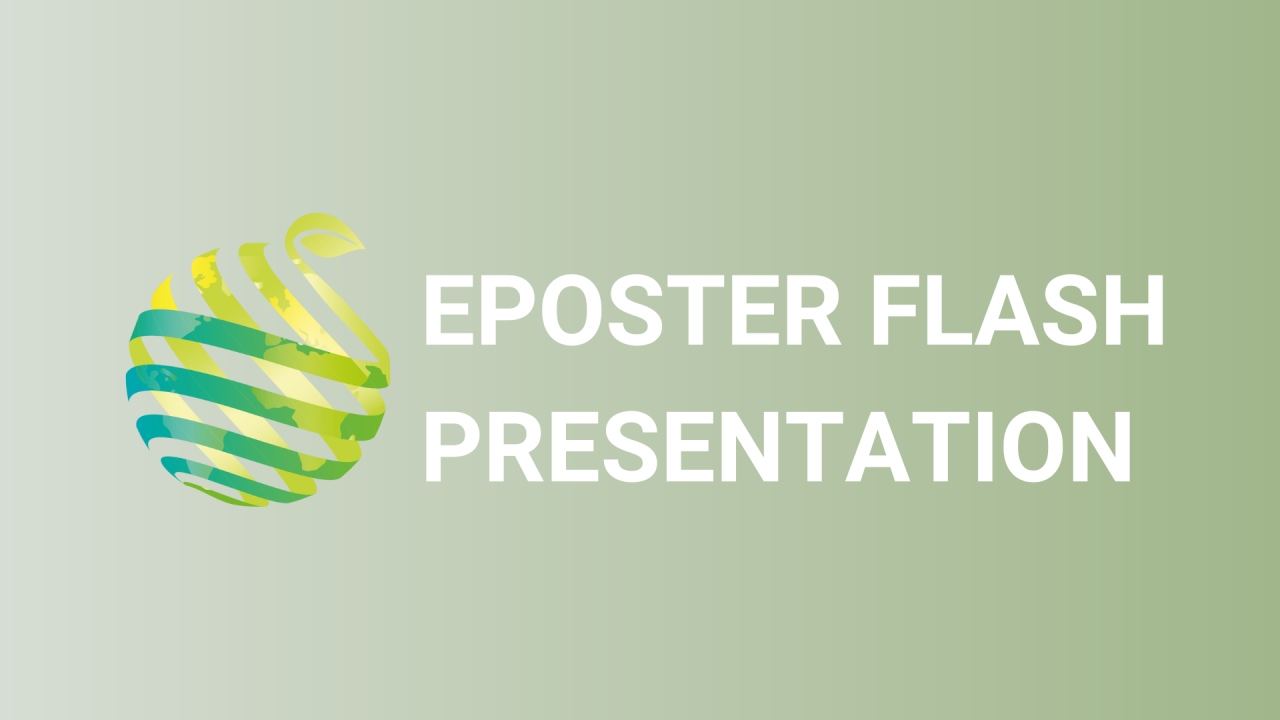

S21 - Session P1 - Towards sustainable and diversified organic banana-coffee systems in eastern DR Congo
Information
Authors: Walter Ocimati, Guy Blomme *, Nancy Safari Kitumaini, Jules Ntamwira
Banana-coffee systems in eastern DR Congo, which are characterised by mid- and high-altitude undulating production landscapes, are over 60 years old. Average arabica coffee yields in this region are often as low as 250 kg per ha, whereas yields could reach up to 2000 kg per ha. Similarly, banana yields in these systems (6 to 42 t/ha) are lower than the achievable yields of 60-70 t/ha. This is mainly due to biotic constraints (e.g. coffee wilt disease ( Gibberella xylarioides ), Xanthomonas wilt of banana), unsustainable cropping practices that over time mine the soil, and more recently climate change effects. Bananas provide shade for the coffee plants, while some annual crops, such as taro are often integrated in these production systems. Innovations to improve soil fertility, increase system yield and strengthen the sustainability of smallholder/out-grower systems have over the past decade gradually been introduced in the region by a diverse range of stakeholders including private sector companies, public sector, and research and learning institutions. Selection, multiplication and promotion of high yielding coffee and banana varieties is ongoing. Promising agronomic practices include the integration of fast-growing nitrogen fixing hedge species as border or relay crops and intercropping with fast growing shade- and drought-tolerant grain legumes and legume cover crops, to provide soil stability, mulch and improve soil nutrient balance. For example, mucuna and chickpea, when established during the last month of the rainy season, can grow and produce large amounts of biomass or grain during the subsequent dry season months when no annual crops are in the fields. Other promising approaches include optimal banana mat structure and spacing for shade level management of the coffee plants and banana productivity, organic fertilization formulations and doses (e.g. compost based on coffee pulp) and plantation rejuvenation approaches using clean planting materials.